Solar Hot Tub: A Major Step Toward Sustainability
A solar hot tub offers the luxurious experience of soaking in warm, relaxing water, but with a twist: it harnesses the sun’s energy to heat the water.
This innovative approach translates to both environmental and financial benefits. Instead of relying heavily on electricity or gas for heating, solar hot tubs reduce your carbon footprint while also potentially lowering your energy bills.
They represent a significant step towards a more sustainable way to enjoy the comfort and relaxation of a hot tub.
How Solar Hot Tubs Work
- Harnessing the Sun: Solar hot tubs use solar panels (sometimes called collectors) to capture the sun’s heat. These panels contain a network of tubes filled with water or a heat-transfer fluid.
- Transferring the Heat: A pump circulates water from your hot tub through these solar panels. Sunlight warms the fluid in the panels, and this heated fluid is returned to the hot tub, raising its temperature.
- Types of Systems:
- Direct: The most basic system. Hot tub water circulates directly through the solar panels.
- Indirect: A heat-transfer fluid (like antifreeze) circulates in the panels and its heat is exchanged with the hot tub water, keeping the systems separate. This is best for colder climates.
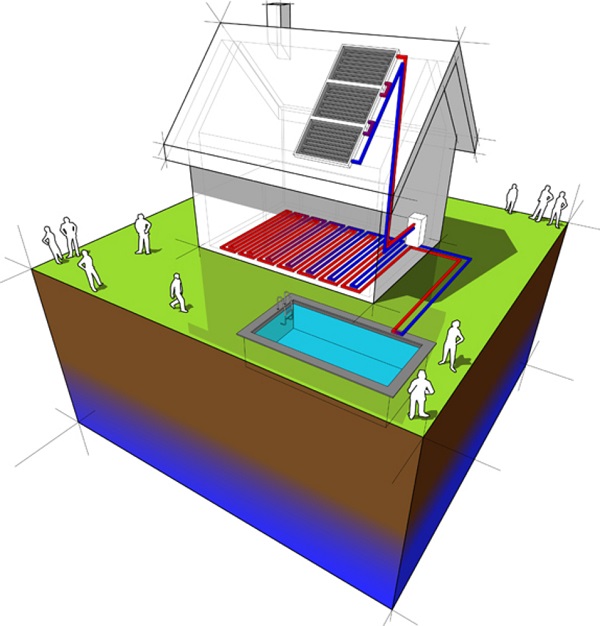
Benefits:
- Environmental Impact:
- Reduced Energy Consumption: Significantly decreases reliance on electricity or gas for heating.
- Lower Carbon Footprint: Contributes to a cleaner environment by minimizing greenhouse gas emissions associated with traditional energy sources.
- Cost Savings:
- Lower Operating Costs: After the initial investment, sunlight is free! This reduces monthly energy bills.
- Long-Term Savings: While there’s an upfront cost, solar hot tubs often pay for themselves over time due to reduced heating costs.
- Potential Increased Home Value: A solar hot tub can be an attractive feature for potential buyers, increasing the resale value of your home.
Drawbacks:
- Higher Initial Cost: Purchasing and installing a solar heating system can be a significant upfront investment compared to traditional heaters.
- Sunlight Dependency:
- Weather: Effectiveness is reduced on cloudy days or during extended periods of poor weather.
- Location: Ideal for areas with plentiful sunshine.
- Potential Maintenance: Solar components, like pumps and panels, may require occasional maintenance over their lifespan.
Hot Tub with Solar Can Keep You Entertained All Year Long
Hot tubs are popular for a variety of reasons: they’re relaxing, provide relief from sore muscles, and can even improve your health. But if you’re looking for an added bonus, consider installing a solar system hot tub.
A hot tub with sun power not only keeps you entertained all year long, but it’s also good for the environment.
Four ways a solar hot tub can keep you entertained all year long:
- Soaking in a warm tub on a cold winter day is incredibly relaxing and can help you forget about the frigid weather outside.
- They are perfect for social gatherings. Get your friends together for a pool party or game night – the possibilities are endless!
- This is a perfect place to relax after a long day. Soak away your stress and worries while enjoying the incredible views.
- it is a great way to unwind after work. There’s nothing like the sound of bubbling water and relaxing music to help you relax! Soak in a warm tub on a cold winter day. The sound of the bubbling water and relaxing music can be almost as therapeutic as your warm water. You can also use it to enjoy the beautiful view.
Enjoy the benefits energy saving costs
As the cost of energy continues to rise, more and more people are looking for ways to conserve energy and save money. One way that many people are discovering to save on energy is by using the solar spa. They are a great way to enjoy its benefits of it while saving on energy costs.
For more about SOLAR WATER HEATERS

What kind should I buy?
Factors to Consider:
- Climate: If you live in an area with ample sunshine, you’ll have more flexibility in system choices. Colder climates might necessitate an indirect system to prevent freezing.
- Budget: Solar hot tubs have a higher upfront cost than traditional ones. Determine your budget limit and factor in potential long-term energy savings.
- Space: Where will you install the tub? Do you have roof space for panels or a sunny area in your yard?
- Hot Tub Size: Larger hot tubs require more heating power, meaning more solar panels.
- System Type:
- Direct: Simpler and often cheaper initially, but best for warm climates.
- Indirect: More complex, but protects the system from freezing and can be used even during cold weather.
- DIY vs. Professional Install: Are you comfortable with a DIY project, or do you prefer to have professionals handle it? DIY can be cheaper but requires more technical skill.
- Additional Features: Some solar hot tub systems offer backup heaters (electric or gas) for cloudy days or extra heat boosts.
[wps_youtube url=”https://youtu.be/LwUFL0xPiy8″ responsive=”yes” autoplay=”yes”]
Solar Heating Projects
A solar hot tub uses the sun’s energy to heat water in a tub. It has four main parts: a tub, a solar collector, a pump, and a controller. The solar collector is a box with glass and copper tubes that heats water or antifreeze. The pump moves the fluid from the collector to the tub and back. The controller regulates the temperature and flow of the fluid.
To make your solar hot tub, you need to:
- Choose a sunny spot for your tub and your collector. The closer and higher they are, the better.
- Install your tub and your collector. You can buy or make them yourself with wood, plastic, metal, or glass.
- Connect your pump and your controller to your system. You can use electricity, batteries, or solar panels to power them.
- Fill your system with water or antifreeze. Water is cheaper and greener, but antifreeze can prevent freezing and corrosion.
- Test your system and enjoy your hot tub. You can use a thermometer or a digital controller to check the temperature of your tub.
- For more info solar heating projects
Off-grid hot tub heater
An off-grid propane hot tub heater has several advantages over other heaters, such as electric, wood, or solar. Some of these advantages are:
- It is easy to install and operate. You need to connect the heater to a propane tank and a water pump and turn it on. You can adjust the temperature and flow rate with a simple dial or a digital controller.
- It is fast and reliable. It can heat your hot tub in minutes and maintain a consistent temperature for as long as possible. You don’t have to worry about power outages, cloudy days, or running out of firewood.
- It is safe and eco-friendly. It has safety features such as automatic shut-off valves, flame sensors, and pressure regulators. It also produces low emissions and does not create smoke or ash.
Different models and sizes of off-grid propane hot tub heaters are available on the market, depending on your needs and preferences. Some examples are:
- Northern Lights Cedar Tubs Propane Hot Tub Heaters. These high-quality heaters are made of stainless steel and brass and can heat up to 70 gallons of water per hour. They have a digital controller that allows you to set the desired temperature and monitor the water level, pressure, and flow rate. They also have a built-in thermosiphon system that eliminates needing an external pump.
- Snorkel Hot Tubs Propane Gas Spa Heater. These compact and portable heaters are designed for small hot tubs or spas. They can heat up to 25 gallons of water per hour and have a manual dial that lets you adjust the temperature and flow rate. They also have a safety valve that prevents overheating and overpressure.
- Eccotemp L10 Portable Outdoor Tankless Water Heater. These are versatile and affordable heaters that can be used for various purposes, such as camping, RVing, or outdoor showers. They can heat up to 2.6 gallons of water per minute and have a battery-powered ignition system that works with two D-cell batteries. They also have a rain cap that protects them from the weather.
For more about the Solar Panel Hot Tub Cover
Pros and Cons
| Pros | Cons |
|---|---|
| Save money on energy costs | Require a lot of space |
| Help the environment by using renewable energy | Can be expensive to install |
| Use it year-round, even when it is cold outside | Require regular maintenance |
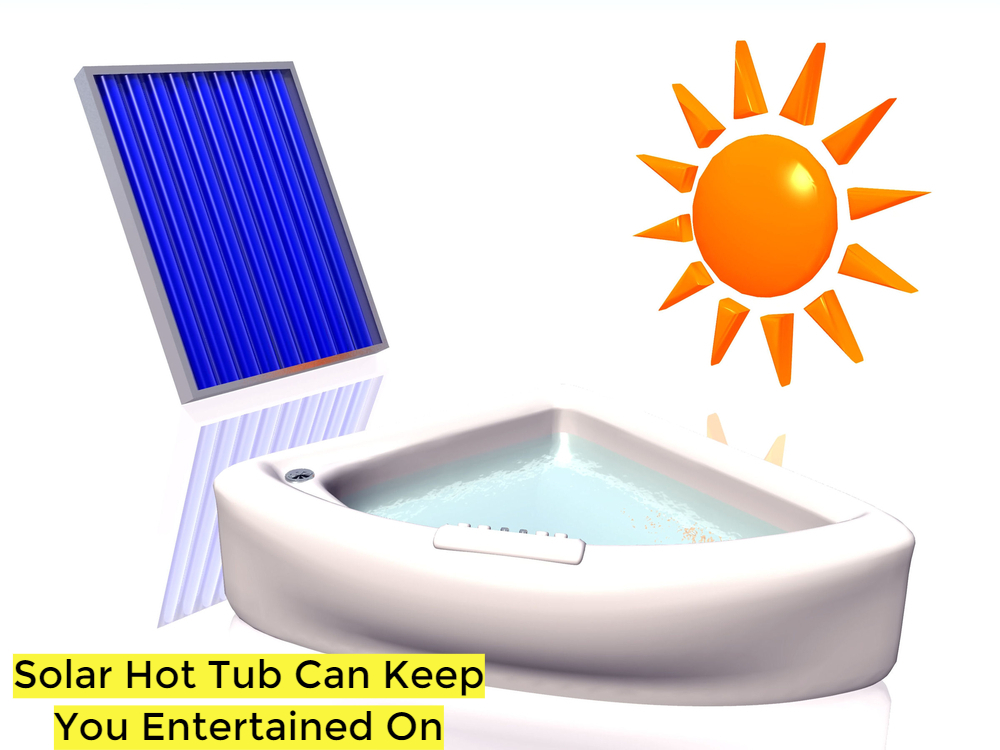
How much does it cost?
There are two main options:
- Electric PV
- Solar thermal
A solar hot tub can range from $2,500 to $8,000, depending on your chosen system and other factors. You may also be eligible for tax credits or rebates that can reduce the overall cost. You should compare different options and get quotes from reputable contractors before deciding.
- Electric PV uses solar panels to generate electricity that powers a conventional heating element in the hot tub. This option requires more solar panels and may need batteries to store excess energy for night use. The cost of this option can vary depending on the number of panels, the size of the hot tub, and the installation fees. According to one source, a 2 KW solar PV system that can heat a hot tub would cost around $8,000.
- Solar thermal uses solar collectors to heat water directly and transfer it to the hot tub. This option is more efficient and cost-effective, especially in warmer climates. The cost of this option is lower than electric PV, as it requires fewer components and less maintenance. According to another source, a solar thermal hot tub kit that can produce 21,000 BTU or 6 kWh of heat on a sunny day would cost around $2,500.
FAQs:
Q: What is a hot tub with solar? They are exactly what they sound like: hot tubs that use sun energy to heat the water. The water is heated by panels on the roof that collect and convert sunlight into thermal energy.
Q: How much does it cost? It can vary depending on the size and features of the tub. However, it is generally more expensive than a traditional one.
Q: Do I need to install a pool pump? No, you do not need to install a pool pump. the hot tub will heat up all the water in the pool.
Q: What should I look for when buying it? When buying this it is important to buy a quality product.
Q: How many solar panels to run a hot tub? The minimum number of panels to run a small spa is 15 and 50 for larger systems.
For additional information, visit Hot Tub Patio, or if you’re interested in more reading, see our Guides.
Conclusion:
Hot tubs can be a great way to relax and enjoy time with friends and family, but they can also be expensive to operate. Solar hot tubs are a great way to save on energy costs while enjoying the benefits of a hot tub.
A sun energy hot tub uses energy from the sun to heat the water, which reduces the amount of energy needed from other sources, such as electric or natural gas. They are available in both above-ground and in-ground models, and there are a variety of sizes and shapes to choose from.







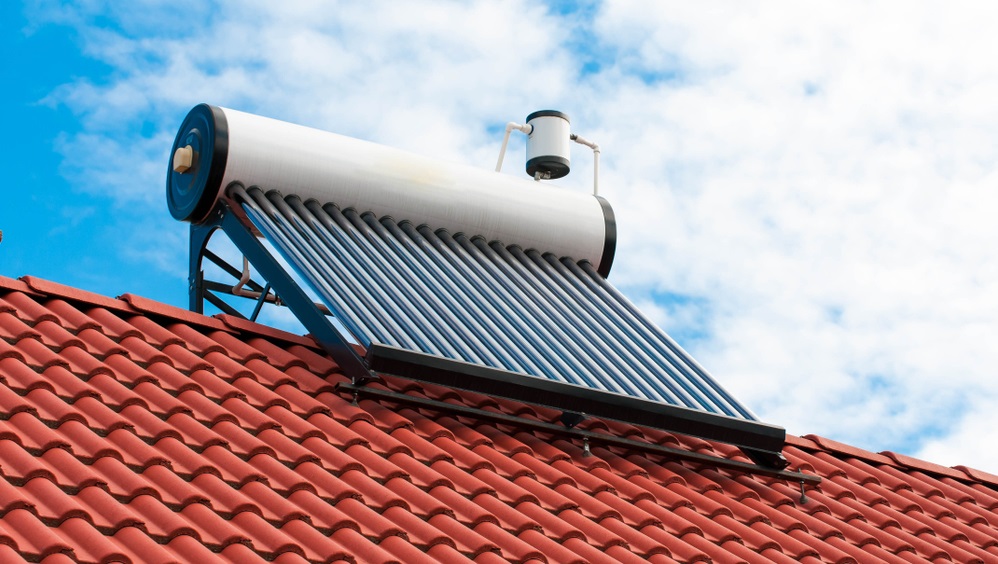


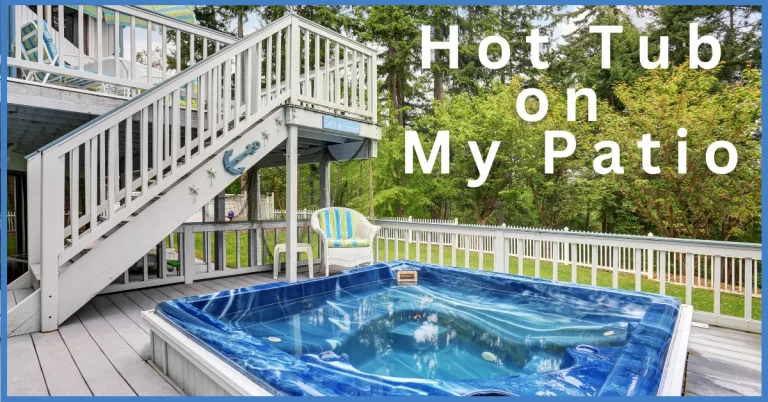
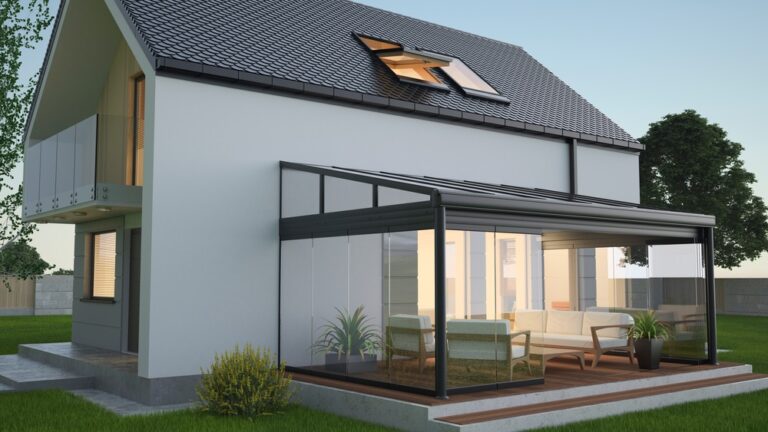
One Comment